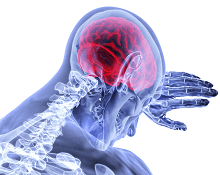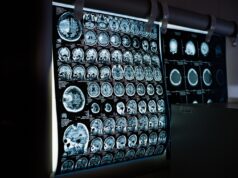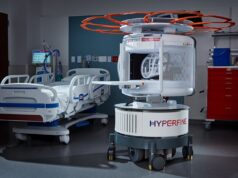 In an attempt to promote more consistent and higher quality research in the field of small vessel disease (SVD), international experts have published the second iteration of the Standards for Reporting Vascular Changes on Neuroimaging (STRIVE-2)—an update to the 2013 STRIVE-1 guidelines.
In an attempt to promote more consistent and higher quality research in the field of small vessel disease (SVD), international experts have published the second iteration of the Standards for Reporting Vascular Changes on Neuroimaging (STRIVE-2)—an update to the 2013 STRIVE-1 guidelines.
“We hope that the use of these standards in studies of SVD will help to capture the impact of SVD on the brain, enable the use of imaging in clinical trials and, ultimately, translate into future routine clinical practice,” said Marco Düring (Medical Image Analysis Center Basel, Basel, Switzerland), who co-led the team of 54 global experts behind STRIVE-2.
Other leading figures who convened to develop STRIVE-2 included Joanna Wardlaw (University of Edinburgh, Edinburgh, UK), Eric Smith (University of Calgary, Calgary, Canada) and Martin Dichgans (University Hospital Munich, Munich, Germany).
STRIVE-2 was presented by Düring at this week’s European Stroke Organisation Conference (ESOC; 24–26 May, Munich, Germany), and has now also been published in The Lancet Neurology.
STRIVE-1 clarified definitions of SVD features on neuroimaging, including recent small subcortical infarcts, lacunes of presumed vascular origin, white matter hyperintensities of presumed vascular origin, perivascular spaces, cerebral microbleeds, and brain atrophy. And, since 2013, the findings and recommendations from STRIVE-1 have been widely used in clinical and research settings to standardise image acquisition, reporting and interpretation.
However, recently, there have also been significant advances in the field on the established SVD markers and novel imaging features and, as such, STRIVE-2 has a “unique focus” on neuroimaging features and research use. That is according to an ESO press release accompanying the presentation of the updated guidelines at ESOC 2023.
It not only includes updates on imaging features defined in STRIVE-1, but also covers emerging imaging features—such as cortical cerebral microinfarcts and incidental diffusion-weighted imaging positive lesions. In addition, the STRIVE-2 group provided detailed guidance and recommendations on key quantitative imaging markers of brain structure and function, as well as standards for imaging and analysing SVD.












